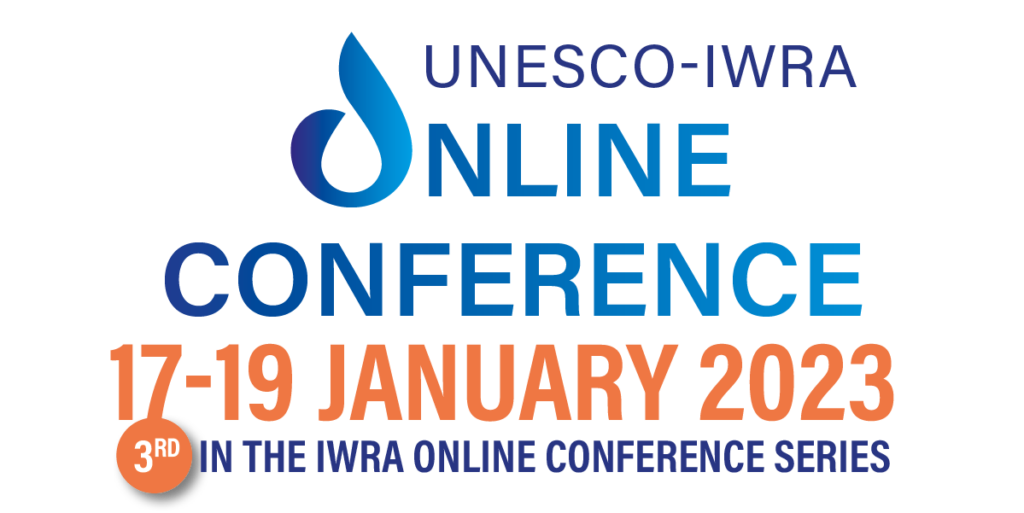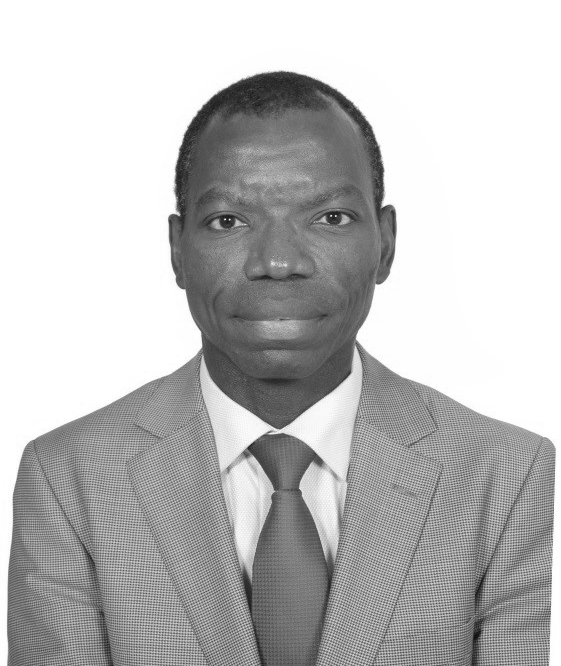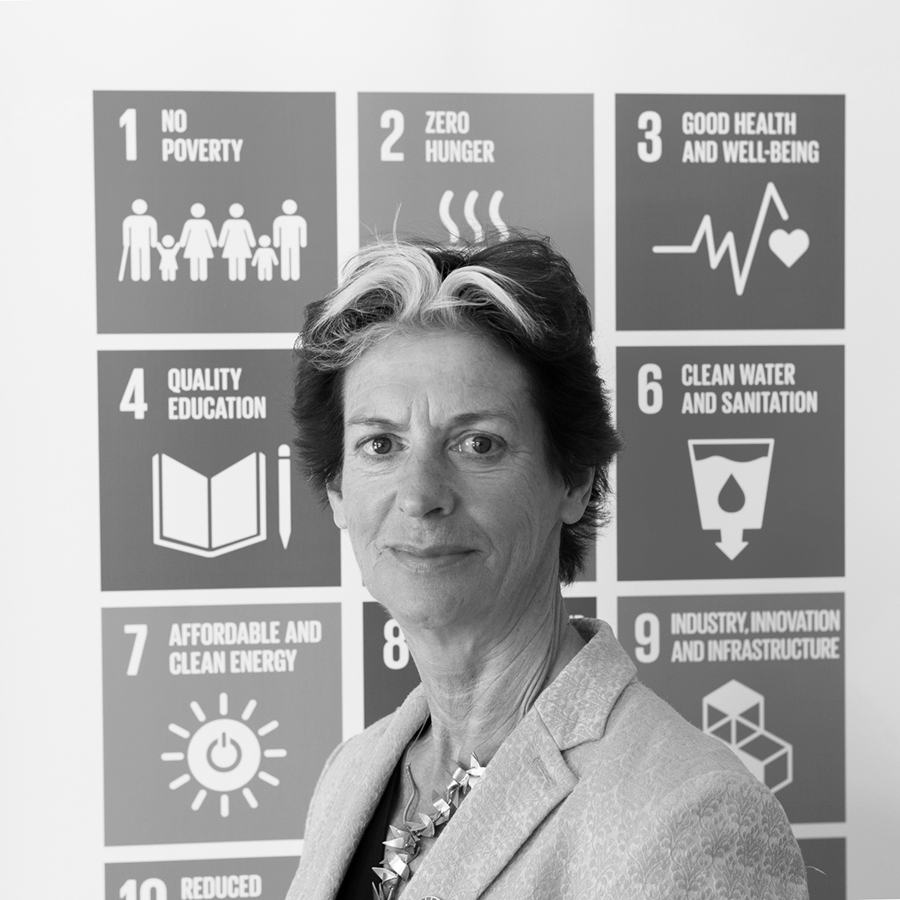
Emerging Pollutants:
Protecting Water Quality
for the Health of People
and the Environment
17-19 January 2023
The Online Conference highlighted the ways the world can advance knowledge, research and solutions for managing emerging pollutants to improve and protect water quality in a changing world.
The main objectives of the conference were to:
- Explore the impacts of emerging pollutants on water resources, considering technical and policy solutions to mitigate and reduce human health and ecological risks, bearing in mind increasing demand on water resources, as well as impacts of global climatic and demographic changes.
- Identify the appropriate water policies and technologies needed to motivate change in water management, business, and policy priorities to address emerging pollutants.
- Highlight the bold policy and institutional change needed to support the transformation in water management and policy and across other sectors to ensure better and more reliable water quality to protect human health and ecosystems.
- Showcase successful efforts of innovative, nature-positive, and technological solutions for improved water quality and reduced water pollution.
- Examine the life cycle management of emerging pollutants to find solutions not only at end-of-pipe, but also solutions based on a circular economy approach and working with industry, regulators, and local communities, as well as engaging all relevant stakeholders (including under-represented groups).
We encouraged participation by experts from Africa, low-income countries, women, and youth. This conference had a special submission category for young water professionals.
Thanks to UNESCO‘s support, participation was free for all, and all conference-related materials will be open access.
The overarching theme of the Online Conference was “Emerging Pollutants: Protecting Water Quality for the Health of People and the Environment”. This theme was selected to focus the conference on the intersection of the science-policy interface when addressing emerging pollutants, and steps and mechanisms that must be pursued to protect the health of people and the environment.
Emerging pollutants in aquatic ecosystems
THEME 1
Emerging pollutants and groundwater
THEME 2
Emerging pollutants and managing wastewater and waste
THEME 3
A circular economy approach: Lifecycle management of emerging pollutants
THEME 4
“Priority” emerging pollutants in the hydrocycle: microplastics, nanomaterial, PFAs and PPCPs
THEME 5
STAY TUNED UNTIL OUR NEXT ONLINE CONFERENCE
For any queries about IWRA Online Conference, please contact us at office@iwra.org


























